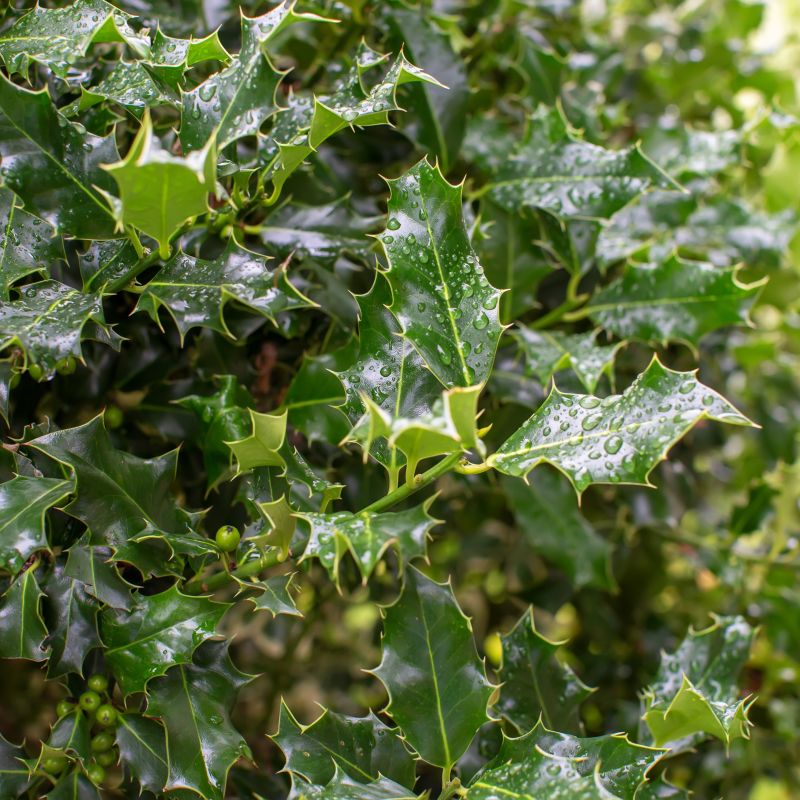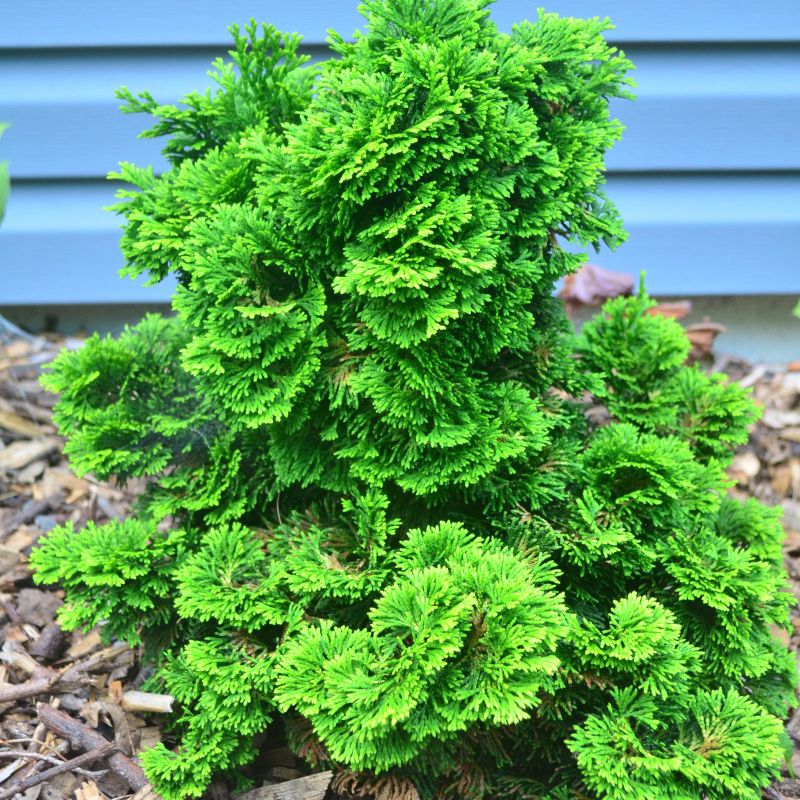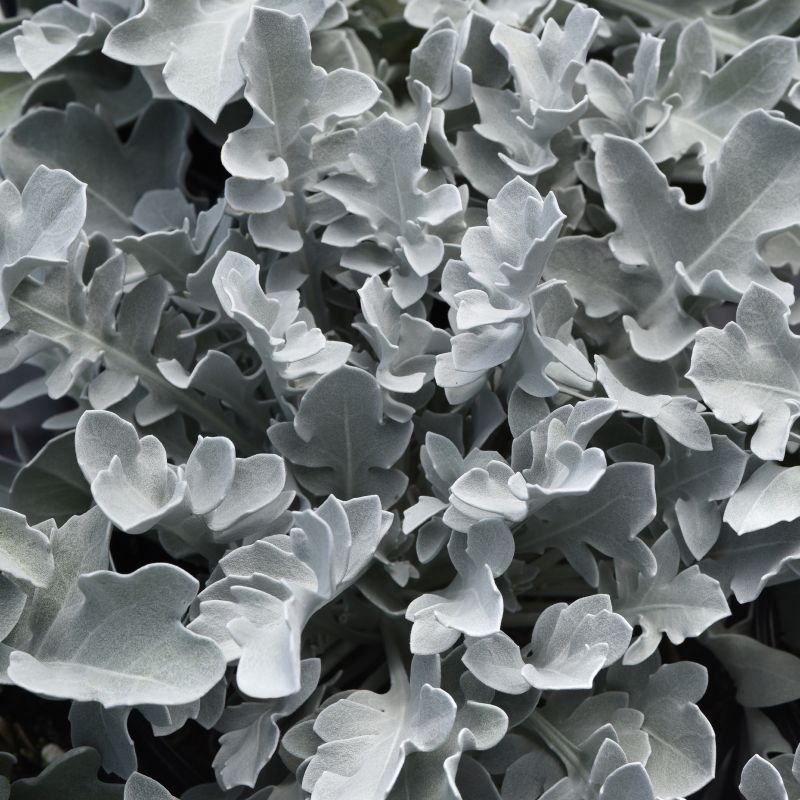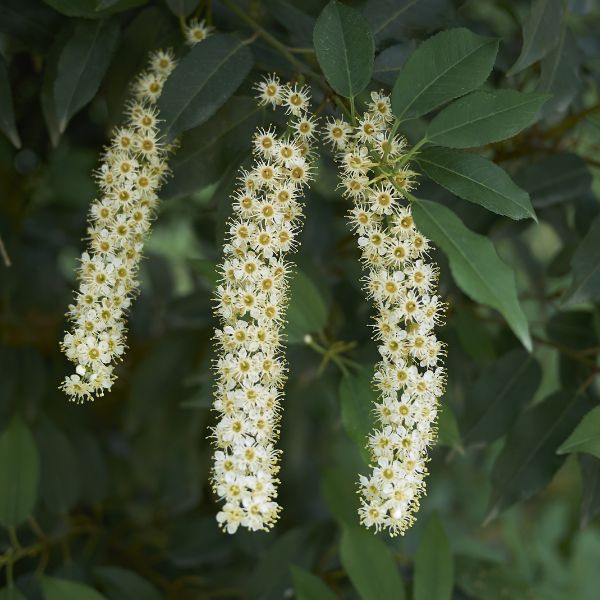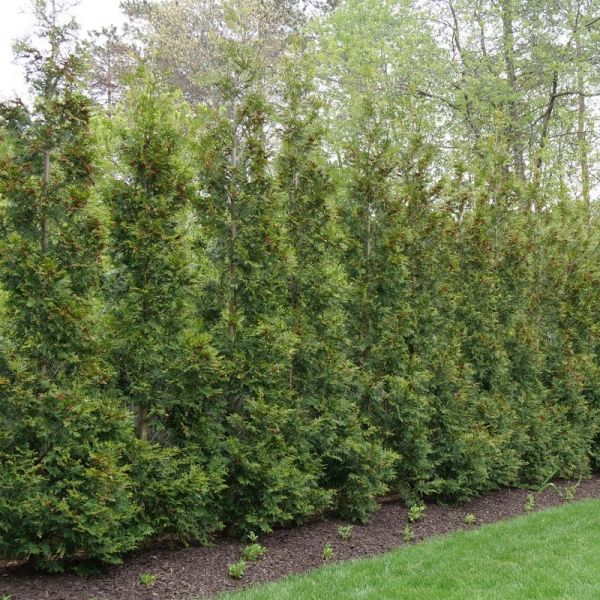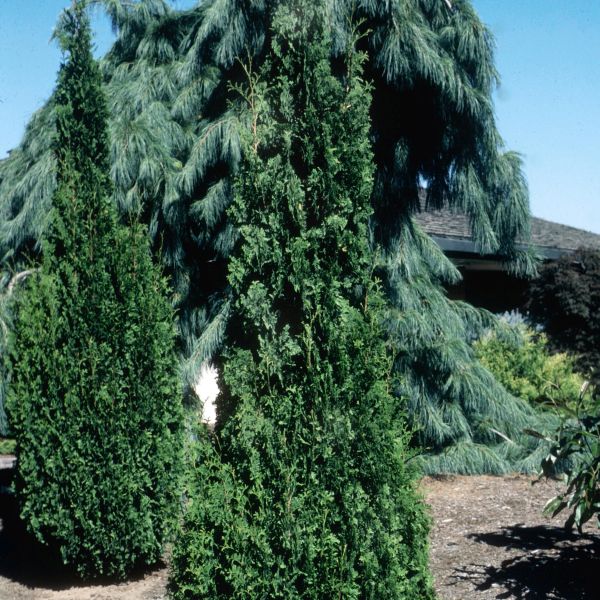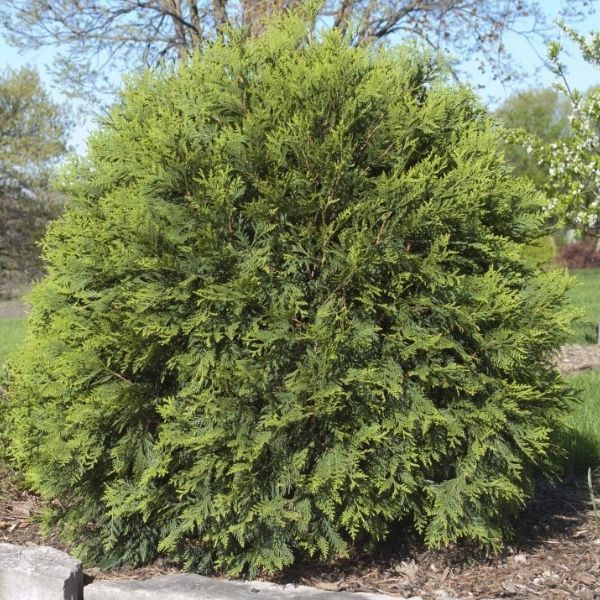
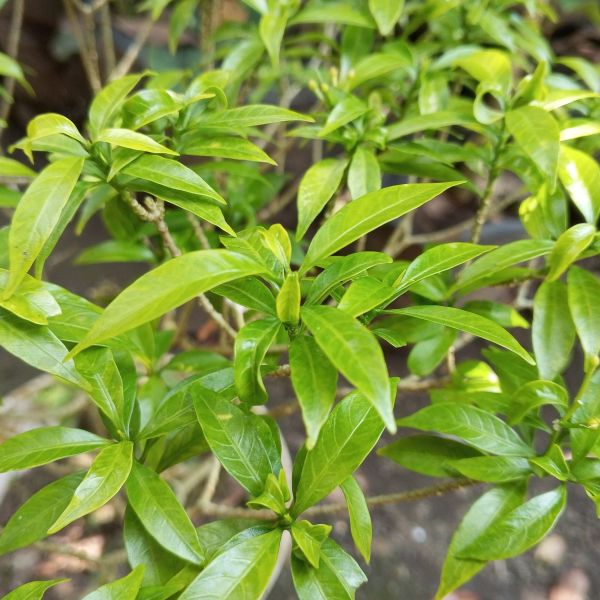

Screen Play Holly
Ilex integra x latifolia 'Screen Play'
18 reviews
Screen Play Holly
Ilex integra x latifolia 'Screen Play'
18 reviews
- High-resolution display for vibrant colors
- Smooth and responsive touch screen technology
- Sleek and modern design
- Recommended by landscape designers for optimal fit in real yards
$96.00
$138.00
30% Off
- Ships to 43215 in 3 to 7 days
- Free Shipping Over $150
- Plant Arrival Guarantee
- In Stock
- Free Plant Consult
$200 - Landscape-Approved: Every Plant We Sell Comes With Design Expertise Behind It
- 2.5 Gallon
- 1 Gallon
Not just beautiful - intentionally selected by ShrubHub's 3D landscape design team to fit real-world spaces and maximize yard potential.
Why Screen Play Holly?
Screen Play Holly (Ilex integra x latifolia 'Screen Play') is a compact evergreen shrub that is commonly used as a screen or hedge plant. It has dense, glossy foliage which provides year-round interest in the landscape. Its upright, columnar growth habit and moderate size make it suitable for small gardens and tight spaces. It is also low maintenance and highly tolerant of urban pollution.
People who loved this plant also bought
Sunlight
Screen Play Holly requires full to partial sunlight, ideally in a location that receives 4-6 hours of direct sunlight per day. It can tolerate some shade, but it will not thrive in heavily shaded areas.
Watering
Screen Play Holly has moderate watering requirements. It prefers moist, well-drained soil and should be watered regularly, especially during periods of drought. However, it is important not to overwater, as excessive moisture can lead to root rot.
Fertilizing
Screen Play Holly typically requires a general-purpose fertilizer with a balanced NPK ratio, such as a 10-10-10 or 14-14-14. It is recommended to fertilize in early spring before new growth begins and again in late spring or early summer.
Screen Play Holly (Ilex integra x latifolia 'Screen Play')
The Screen Play Holly (Ilex integra x latifolia 'Screen Play') is a versatile evergreen shrub that is perfect for creating privacy hedges, barriers, or screens in your garden. With its dense, upright growth habit and glossy, dark green foliage, it provides an attractive and functional addition to any landscape.
Key Features:
- Dense Growth: The Screen Play Holly exhibits a dense growth habit, forming a thick, compact hedge or screen that effectively blocks out unwanted views and provides privacy.
- Upright Form: This evergreen shrub has an upright growth habit, reaching a mature height of 8-10 feet, with a spread of 6-8 feet. Its narrow profile makes it an ideal choice for tight spaces.
- Glossy Foliage: The glossy, dark green leaves of the Screen Play Holly add a touch of elegance to any landscape. They provide a lovely backdrop for flowering plants or can stand alone as a stunning focal point.
- Tolerant of Various Soil Types: This holly variety is adaptable to a wide range of soil conditions, including clay, loamy, or sandy soils. It is also tolerant of both acidic and alkaline soils.
- Low Maintenance: The Screen Play Holly is a relatively low-maintenance shrub. It requires minimal pruning, with its natural shape lending itself to easy maintenance. It is also drought-tolerant once established.
Uses:
The Screen Play Holly is an excellent choice for a variety of landscaping applications:
- Privacy Hedges: Create an attractive and effective privacy hedge by planting the Screen Play Holly in a row. Its dense foliage and upright growth will provide a screen that blocks out unwanted views.
- Barriers and Partitions: Use this holly shrub to create barriers or partitions in your garden, dividing different sections or creating separation from neighboring areas.
- Border Planting: Plant the Screen Play Holly as a border along walkways, driveways, or within flower beds for a defined, formal look that adds structure to your garden design.
- Focal Points: Utilize one or more Screen Play Hollies as standalone specimen plants in your garden. The glossy foliage and upright form will add visual interest and become a focal point.
Hardiness and Growing Conditions:
- USDA Hardiness Zone: The Screen Play Holly is suitable for growing in USDA Hardiness Zones 6-9.
- Sun Exposure: This holly variety prefers full sun to partial shade, requiring at least 4-6 hours of direct sunlight daily for optimal growth.
Add the Screen Play Holly to your landscape to enjoy its beauty, versatility, and practicality. Whether you want to create privacy, define borders, or add structure to your garden, this evergreen shrub is sure to meet your needs.
Plant Information:
| Botanical Name: | Ilex integra x latifolia 'Screen Play' |
| USDA Zones: | 7 - 9 |
| Water: | Moderate |
| Exposure: | Full Sun |
| Soil Needs: | Well Drained |
| Mature Height: | 25 - 30 feet |
| Mature Spread: | 8 - 10 feet |




Pollination Info
Pollination Information for Screen Play Holly
Screen Play Holly (Ilex integra x latifolia 'Screen Play') is a hybrid variety of holly that requires proper pollination to produce berries. Here are some important things to know about its pollination requirements:
- Pollination Type: Screen Play Holly is a female cultivar, which means it needs a compatible male pollinator to produce berries.
- Male Pollinator: To ensure successful pollination, you will need to plant a compatible male holly nearby. Some recommended male pollinators for Screen Play Holly include Ilex x meserveae 'Blue Prince' or Ilex x meserveae 'Southern Gentleman'.
- Pollination Distance: The male pollinator should be planted within a maximum distance of 200 feet from the female Screen Play Holly for effective pollination.
- Timing: Holly trees are typically pollinated by bees and other insects attracted to their flowers. The optimal time for pollination is during the spring when the holly tree blooms.
- Planting Locations: To increase the likelihood of successful pollination, it is advisable to plant both the female and male holly trees in locations that receive full sun to partial shade.
- Additional Considerations: It's important to consider the specific pollination requirements of the male pollinator you choose. Follow the planting and care instructions for both the Screen Play Holly and the male pollinator to ensure their successful growth and pollination.
By following these pollination guidelines, you can ensure that your Screen Play Holly produces a bountiful crop of berries.
FAQ
Screen Play Holly (Ilex integra x latifolia 'Screen Play') FAQ
1. What is the botanical name for Screen Play Holly?
The botanical name for Screen Play Holly is Ilex integra x latifolia 'Screen Play'.
2. What are the characteristics of Screen Play Holly?
Screen Play Holly is an evergreen shrub with a dense, upright growth habit. It has glossy, dark green leaves with serrated edges. The plant typically reaches a height of 6-8 feet and spreads about 3-4 feet wide.
3. How does Screen Play Holly handle sunlight?
Screen Play Holly thrives in full sun to partial shade. It can tolerate a wide range of light conditions but prefers a spot with at least 6 hours of direct sunlight per day.
4. What type of soil does Screen Play Holly prefer?
Screen Play Holly prefers well-draining, slightly acidic soil. It can tolerate a variety of soil types, including clay and sandy soils, as long as they are not excessively wet or dry.
5. How often should Screen Play Holly be watered?
Screen Play Holly should be watered regularly, especially during its first year of growth to establish a strong root system. However, once established, it is relatively drought-tolerant and only needs watering during extended dry periods.
6. Does Screen Play Holly require pruning?
Screen Play Holly can benefit from occasional pruning to maintain its desired shape and size. It is best to prune in late winter or early spring before new growth emerges. However, avoid heavy pruning as it may affect the plant's ability to produce berries.
7. Does Screen Play Holly produce berries?
Yes, Screen Play Holly produces small red berries on female plants if a male pollinator plant, such as 'Blue Prince' Holly, is nearby. The berries provide added ornamental value and attract birds during winter.
8. Does Screen Play Holly require a pollinator plant?
Yes, Screen Play Holly is dioecious, which means it requires a separate male plant for pollination to produce berries. A suitable male pollinator, such as 'Blue Prince' Holly, should be planted nearby.
9. Is Screen Play Holly deer-resistant?
Screen Play Holly is known to be deer-resistant, making it a good choice for gardens prone to deer browsing. However, in extreme cases where deer pressure is high, additional protection may be necessary.
10. What are some common uses for Screen Play Holly?
Screen Play Holly is a popular choice for creating hedges, privacy screens, or as a standalone specimen plant in both residential and commercial landscapes. Its dense foliage and upright growth habit make it ideal for creating a sense of privacy and adding structure to the garden.
11. When is the best time to plant Screen Play Holly?
The best time to plant Screen Play Holly is during the early spring or fall when the soil is moist and temperatures are mild. This allows the plant to establish its roots before the extremes of summer or winter.
Planting & Care
Planting & Care for Screen Play Holly (Ilex integra x latifolia 'Screen Play')
Planting
- Choose a location that receives full sun to partial shade. Screen Play Holly can tolerate a wide range of soil types but prefers moist, well-draining soil.
- Dig a hole that is twice as wide and slightly shallower than the root ball of the plant.
- Remove the plant from its container and gently loosen the roots to encourage outward growth.
- Place the plant in the hole, ensuring that the top of the root ball is level with or slightly above the surrounding soil.
- Backfill the hole with soil, firming it gently around the roots to eliminate any air pockets.
- Water thoroughly after planting to ensure proper establishment.
Care
- Water regularly, especially during dry periods, to keep the soil moist but not waterlogged. Young plants may require more frequent watering than established ones.
- Mulch around the base of the plant to help retain moisture and suppress weed growth. Keep the mulch a few inches away from the stem to prevent rot.
- Prune Screen Play Holly in late winter or early spring to maintain its desired shape and size. Remove any dead, diseased, or crossing branches. Light shaping can also be done after the plant finishes flowering.
- Fertilize in early spring with a balanced slow-release fertilizer formulated for evergreen plants. Follow the package instructions for application rates.
- Monitor for common pests such as scale insects and spider mites. Treat infestations promptly with appropriate insecticides or by using organic pest control methods.
- Screen Play Holly is generally resistant to most diseases but may be susceptible to leaf spot or root rot in poorly draining soil. Ensure good air circulation around the plant and avoid overwatering to prevent these issues.
Check Out These Verified Customer Reviews:
Customer Reviews
4.6 out of 5 based on 18 reviews
Thank you! Your review has been submitted.
Item arrived in great condition, well-packaged. Quality is top-notch.
Impressed with item quality and packaging.
Exceeded expectations, highly recommend.
Item has been added to your cart.




